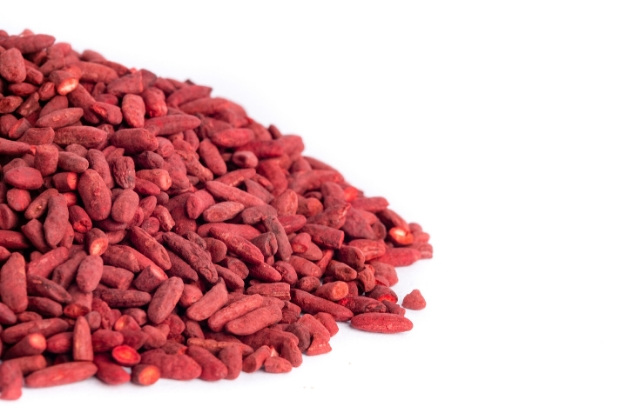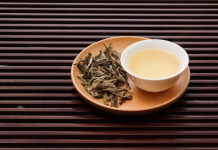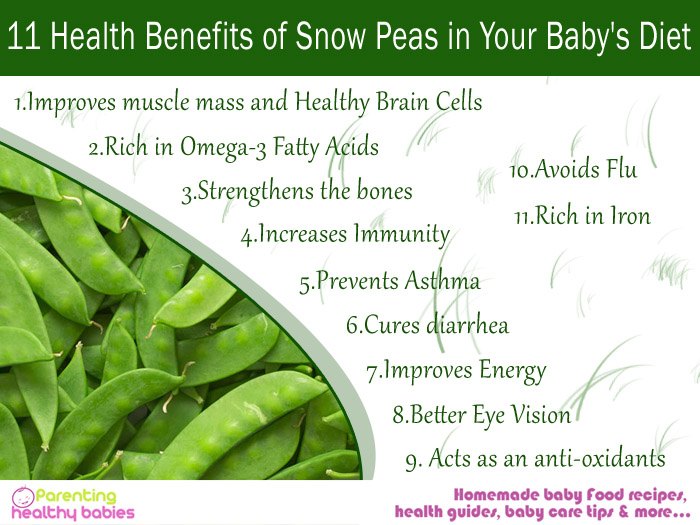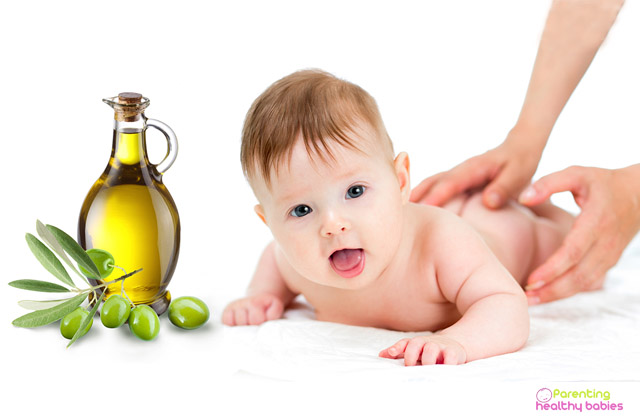Red yeast rice promotes heart health, helps to treat diabetes, reduces inflammation, can improve bone mass and formation, rich in antioxidants and lowers cholesterol.
Red yeast rice is made by fermenting a type of yeast, called Monascus purpureus, with red rice. In traditional Chinese medicine, red yeast rice is used to lower cholesterol, improve blood circulation and improve digestion. Red yeast rice naturally contains several components that can help control cholesterol levels. These include a large variety of monacolins, most importantly monacolin K, and sterols, isoflavones and monounsaturated fatty acids, also known as “healthy fats.”
In this article:
What are the Benefits of Yeast Rice?
What are the Side Effects of Yeast Rice?
Can I have Yeast Rice while I’m Pregnant?
12 Must-Know Benefits of Benefits of Red Yeast Rice
Promotes Heart Health
Taking a prescribed 1.2 grams of red yeast rice extract daily for approximately 4.5 years decreases the risk of heart attacks and death in people with a history of heart issues.
Can help treat Diabetes
Taking approximately 600 mg of red yeast rice daily for 8 weeks can lower total cholesterol, triglycerides, and blood sugar in people with diabetes, thus also helping diabetics cope and recover.
Reduces Inflammation
Inflammation is a natural immune response to protect your body against acute infections and foreign invaders. However, sustained inflammation can contribute to chronic conditions like diabetes, cancer and heart diseases. Supplementing your diet with controlled amounts of red yeast rice can help reduce inflammation and encourage better health in the long run.
Rich in Antioxidants
Red yeast rice triggers antioxidant activities such as the destruction of radicals, chelating and also hindering linoleic acid peroxidation. Other compounds in red yeast rice allow for improved productions of cells in the immune system and nitric oxide.
Help treat Metabolic Syndrome
Metabolic syndrome refers to a cluster of ailments that increase your risk of chronic conditions, such as heart disease, diabetes, and stroke. Some criteria for metabolic syndrome include high blood pressure, excess body fat, increased blood sugar and alterations in the natural cholesterol or triglyceride levels in the body. Several studies have observed that red yeast rice may help treat some of these risk factors and could be used as a natural treatment for the prevention of metabolic syndrome.
Can treat Alzheimer’s
Red yeast rice and its compounds can be beneficial against Alzheimer’s disease by inhibiting neurocytotoxicity, deposits in the brain as well as by improving the neuroprotective factors present in preventing Alzheimer’s.
Can have Anticancer Properties
The monacolin K present in red yeast rice is key in hindering the molecules that are required for tumor growth. Monacolin K is an effective anticancer agent that blocks carcinogen synthesis, causing the suppression of cancer growth. Red yeast rice may help reduce the growth and spread of prostate cancer cells as well.
Can help in treating people with HIV
Taking a prescribed amount of red yeast rice actually helps reduce blood pressure and high cholesterol in those affected by HIV and is more effective than most other medications and supplements.
Lowers Cholesterol
Red yeast rice containing considerable amounts of monacolin K that can lower your total blood cholesterol level, your low-density lipoprotein (called LDL, or “bad”) cholesterol levels, as well as your triglycerides level.
Can Improve Bone Mass and Formation
Statins may reduce the risk of bone fractures, as well as increase bone formation and bone mass.
Reduces the effects of Hepatic disease
Hepatic disease is any disturbance of liver function that causes illness. The liver is responsible for many crucial functions within the body and if non-functional, the loss of important functions causes significant harm to the body. Red yeast rice improves liver function and also works against cholesterol buildup.
Good for protection against Hepatitis C
Studies on red yeast rice have also noted an effect against Hepatitis C, which affects the liver and it’s functioning.
What are the Side Effects of Yeast Rice?
Side effects of red yeast rice are uncommon but can involve:
- Headache
- Stomachache and bloating
- Gas
- Dizziness
- Heartburn
- Muscle aches and weakness. This can lead to a rare and serious condition called rhabdomyolysis. Stop taking red yeast rice immediately and call your doctor if you feel any odd muscle aches and weakness.
- Indigestion
- Causes liver problems by altering the effectiveness and production of liver enzymes.
- Aggravates kidney problems by affecting the production of enzymes and other materials needed.
- Red yeast rice doesn’t work well with various medication and conditions, so do not take this if you have allergies to fungus or yeast, or are pregnant or breastfeeding. This extract may also interact with other medication for blood pressure and thyroid problems and interact with other supplements you may be taking.
- May cause a health complication known as peripheral artery disease. This affects the blood pressure and flow to the extremities of the body, causing numbness.
- Red yeast rice can adversely affect people recovering from strokes and heart attacks.
Can I have Yeast Rice while I’m Pregnant?
No, it is best to avoid using red yeast rice during pregnancy and lactation. One ingredient in red yeast rice is called monacolin K, which is also known as mevinolin or lovastatin and has an effect similar to statin. CNS and limb defects have been listed in newborns exposed to a statin in utero.
Sources
- https://www.medicinenet.com/red_yeast_rice_and_cholesterol/article.htm#what_is_red_yeast_rice
- https://www.webmd.com/cholesterol-management/red-yeast-rice#1













